Two monochromator mounts used in series form a double monochromator. The exit slit of the first monochromator usually serves as the entrance slit for the second monochromator (see Figure 6-5), though some systems have been designed without an intermediate slit. Stray light in a double monochromator with an intermediate slit is much lower than in a single monochromator: it is approximately the product of ratios of stray light intensity to parent line intensity for each single monochromator.
A double monochromator may be designed to have either additive dispersion or subtractive dispersion.
- In the case of additive dispersion, the reciprocal linear dispersion of the entire system is the sum of the reciprocal linear dispersions of each monochromator: that is, the spectrum that is dispersed by the first monochromator is further dispersed in passing through the second monochromator.
- In the case of subtractive dispersion, the entire system is designed so that the spectral dispersion at the exit slit of the second monochromator is essentially zero. A subtractive-dispersion monochromator has the property that the light leaving its exit slit is spectrally uniform: the homogeneous combination of all wavelengths is transmitted through the intermediate slit, instead of a spectrum of continuous varying wavelength as seen in single monochromators and additive-dispersion double monochromators. Such instruments have found use in Raman spectroscopy systems (in which spectral features very close to the exciting laser wavelength can be observed), and in fluorescence and luminescence excitation.
A triple monochromator mount consists of three monochromators in series. These mounts are used when the demands to reduce instrumental stray light are extraordinarily severe.
The vast majority of monochromator mounts are of the constant deviation variety: the grating is rotated to bring different wavelengths into focus at the (stationary) exit slit. This mount has the practical advantage of requiring a single rotation stage and no other moving parts, but it has the disadvantage of being “on blaze” at only one wavelength – at other wavelengths, the incidence and diffraction angles do not satisfy the blaze condition
mλ = d(sinα + sinβ) = 2dsinθB (2-30)
where θB is the facet angle.
An alternative design that may be considered is the constant-scan monochromator, so called because in the grating equation
mλ = 2d cosK sinΦ (2-8)
it is the scan angle Φ rather than the half-deviation angle K that remains fixed. In this mount, the bisector of the entrance and exit arms must remain at a constant angle to the grating normal as the wavelengths are scanned; the angle 2K(λ) = α(λ) - β(λ) between the two arms must expand and contract to change wavelength.
Constant-scan plane grating monochromators have been designed50 but have not been widely adopted, due to the complexity of the required mechanisms for the precise movement of the slits. Hunter described a constant-scan monochromator for the vacuum ultraviolet in which the entrance and exit slits moved along the Rowland circle. The imaging properties of the constant-scan monochromator with fixed entrance and exit arms have not been fully explored, but since each wavelength remains on blaze, there may be applications where this design proves advantageous.
 Over 8,000 products in-stock! & FREE 2-Day shipping on all web orders!* Learn More FREE T-Shirt with orders $250+ Details
Over 8,000 products in-stock! & FREE 2-Day shipping on all web orders!* Learn More FREE T-Shirt with orders $250+ Details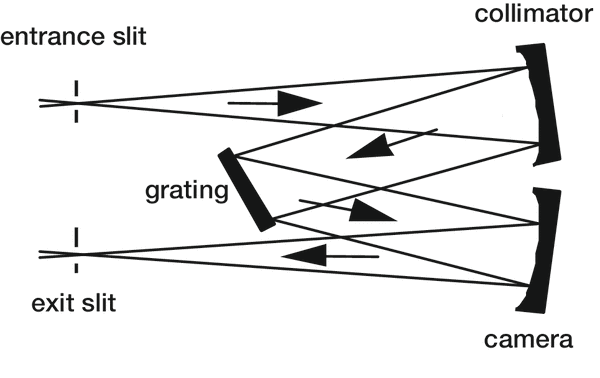
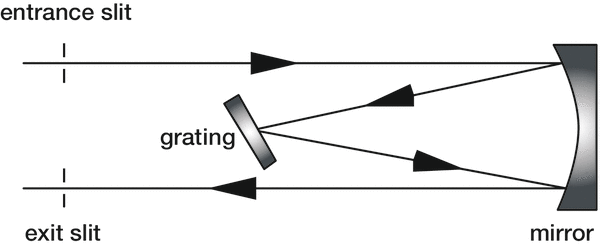
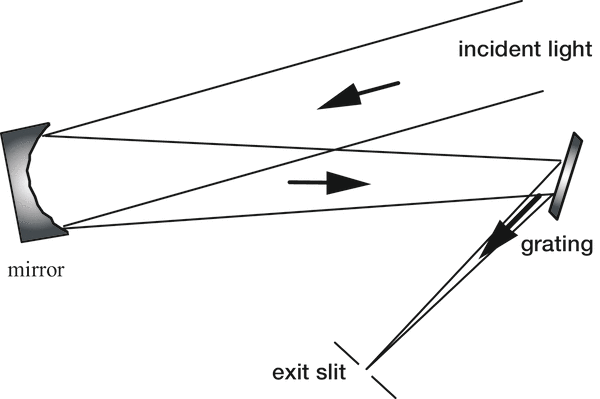
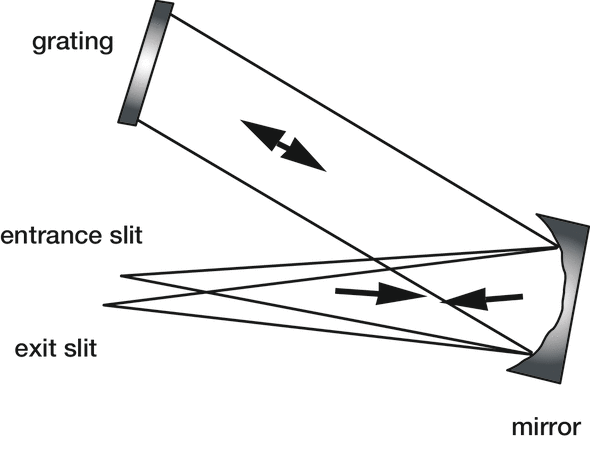
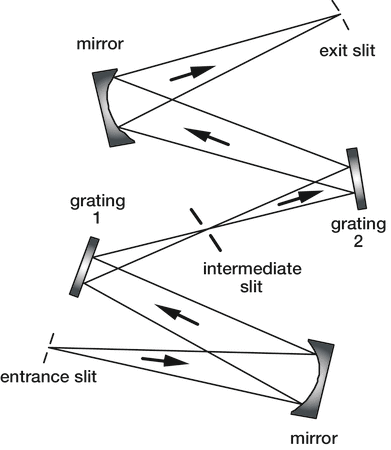
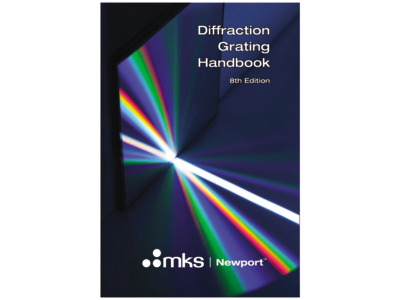
 Ultra-High Velocity
Ultra-High Velocity